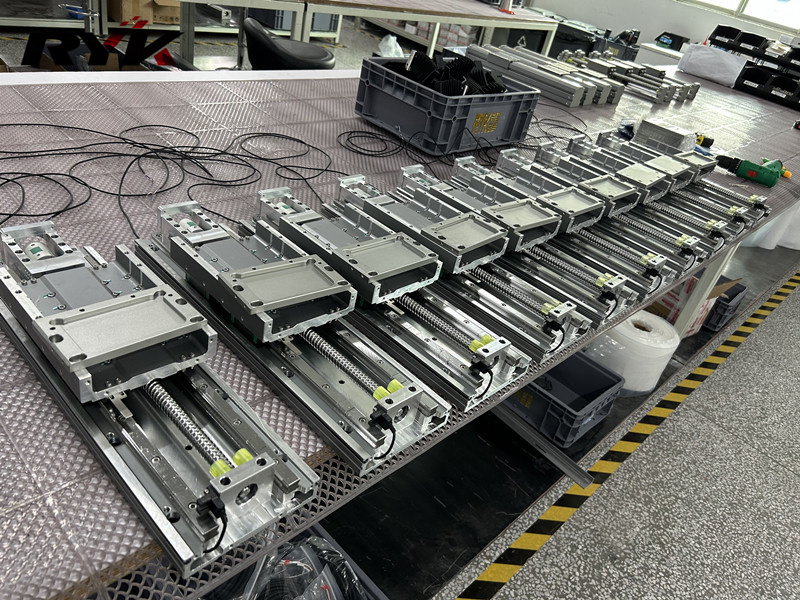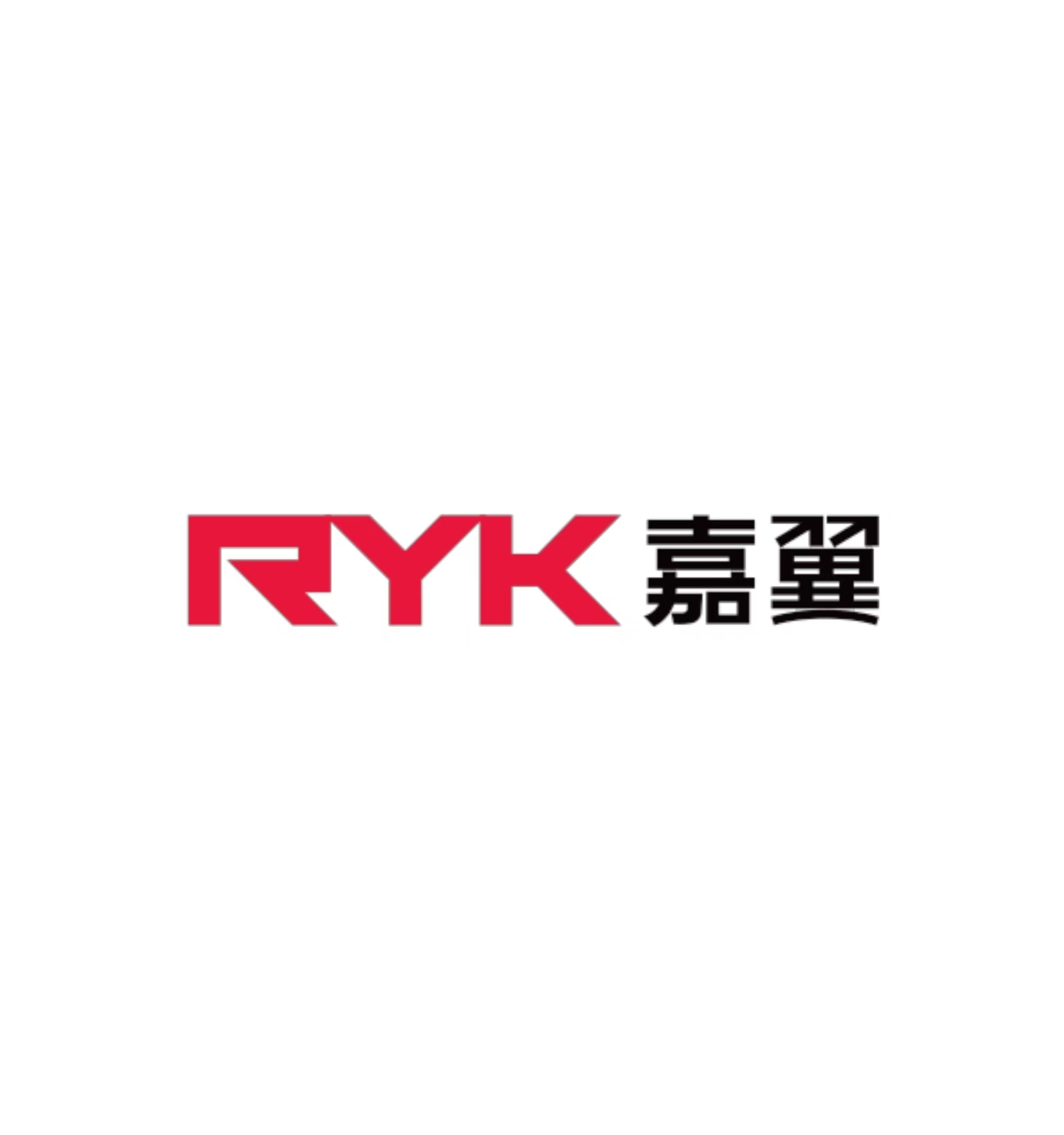When it comes to selecting a linear motion solution for automation, the belt linear module and ball screw linear module are two of the most popular options. Both modules serve similar purposes, but they have key differences that make them suitable for different applications. Let’s explore these differences in detail:
 1. Belt Linear Module
1. Belt Linear Module
A synchronous belt linear module consists of a synchronous belt and pulleys, offering a reliable linear motion system. These modules are widely used due to their ease of installation and high precision, making them a preferred choice in various industries. A typical belt linear module includes components such as the belt, linear guide rails, aluminum alloy profiles, base, worktable, motor mount, coupling, motor, and limit switches. Belt modules are available in both fully enclosed and semi-enclosed designs. The key advantages of belt linear modules are their fast speed and long travel stroke, which makes them ideal for applications requiring quick movements.
2. Ball Screw Linear Module
Ball screw modules, on the other hand, utilize a ball screw for linear motion. These modules typically consist of components like the ball screw, linear guide rails, aluminum alloy profiles, base, worktable, coupling, motor, motor mount, and limit switches. Ball screw modules can be designed in both closed and open configurations. They are known for their high precision and shorter travel strokes. Ball screw linear modules are ideal for applications where precision is critical, such as CNC machines, robotics, and other high-accuracy automation systems.
Key Differences Between Belt and Ball Screw Linear Modules
-
Travel Stroke: The travel stroke of a belt module is generally longer than that of a ball screw module. However, belt modules are often used on the X-axis, while ball screw modules are commonly used on the Z-axis.
-
Precision: Ball screw modules offer superior precision, typically reaching at least 4-5 microns, making them suitable for high-precision automation equipment. In contrast, belt modules are less precise and are more suited for applications where precision requirements are lower, such as in packaging and printing machinery.
-
Speed: Belt linear modules offer faster speeds compared to ball screw modules, making them suitable for high-speed applications.
Which One to Choose?
Both belt and ball screw linear modules offer unique advantages depending on your specific application needs. For high-speed, long-stroke movements where precision is not a primary concern, belt linear modules are a great choice. If you require high precision and shorter strokes, such as for CNC machines or other high-accuracy applications, ball screw modules are the better option.
For more detailed insights into linear modules, check out these additional resources:


